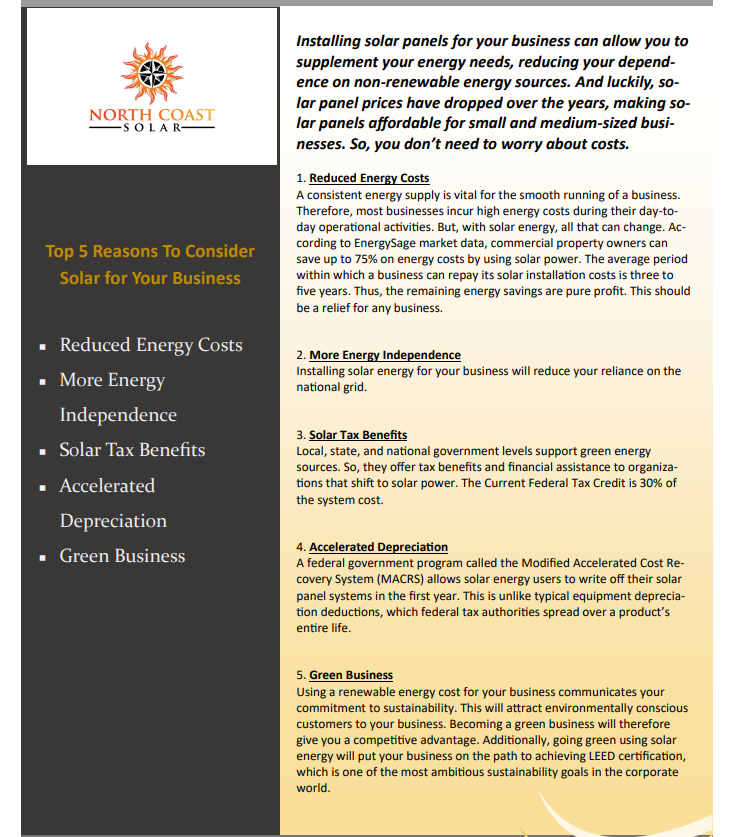5 Star Reviews
Dec 29, 2023
We love our 5 Star Reviews. They let us know that all the hard work we put into everything we do to make sure our customers are taken care of has been so worth it! Thank you, Steve!
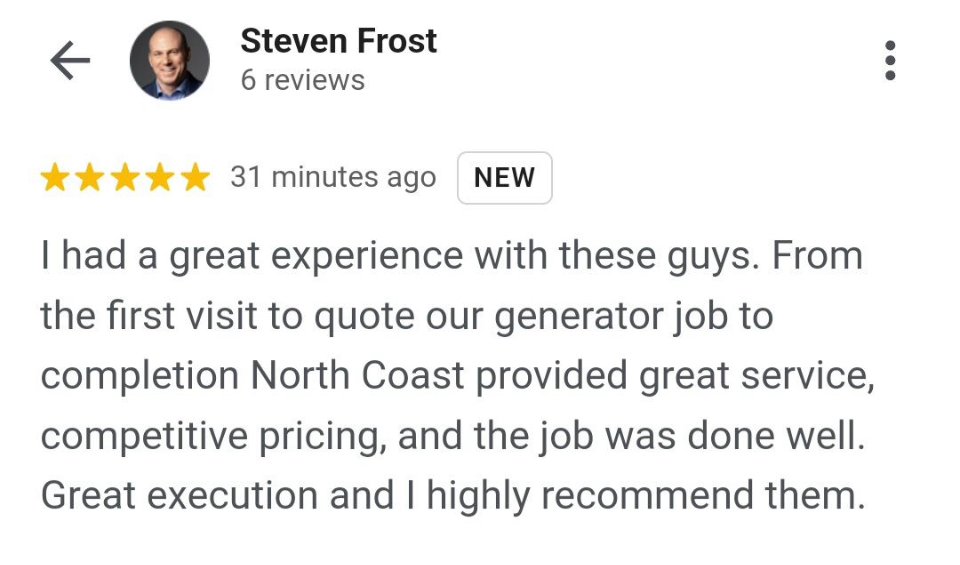
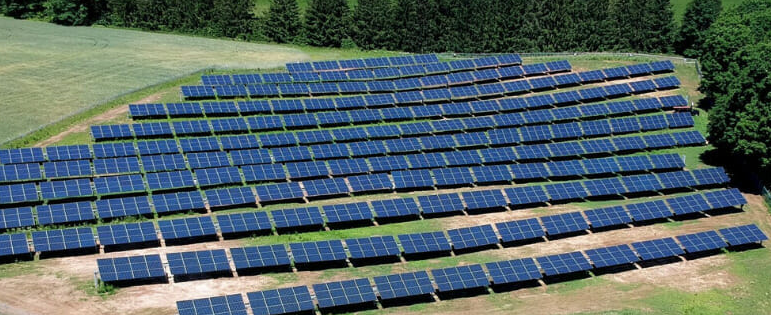
29 Apr, 2024
Construction on Muskegon County 250-megawatt solar energy facility begins in April. The project is expected to create enough renewable energy to power 40,000 homes Consumers Energy and the Muskegon County Resource Recovery Center are partnering up to build a large-scale solar project . Using about 1,900 acres of land, the project will begin construction in April and is slated to be fully operational sometime in 2026. The Muskegon Solar Energy Center facility will produce 250-megawatts of energy, enough to power about 40,000 homes. “Consumers Energy has some of the most aggressive clean energy goals in the nation, and projects like this are a critical part of achieving those goals,” said David Hicks, Consumers Energy vice president of clean energy development. “Partnering with an organization like the Muskegon County Resource Recovery Center, with its long history of service to the county, combined with the benefits of solar energy and the revenues this agreement can provide, is truly a win-win for all parties.” Consumers Energy said solar panels are installed to reduce visible glare, and the panels do not make noise. The facility will be located within the Resource Recovery Center, a massive facility in Muskegon County that treats wastewater in the region. “This solar farm fulfills the vision of the Muskegon County Commissioners,” said Dave Johnson, director of the Resource Recovery Center. “It will benefit the users of the Muskegon County wastewater system as well as Moorland Township and the Ravenna School District. The solar project seems like a good fit ― it’s something we’re proud of and thankful for.” CREDIT: 13 ON YOUR SIDE Staff .

26 Apr, 2024
Through a $156million Grant from the Environmental Protection Agency, lower income Michiganders may see solar become much more affordable in the near future. The Michigan Department of Environment, Great Lakes, and Energy (EGLE) says this Solar for All program is designed to make solar more accessible and save residents money. “Here in Michigan, we got $156 million to help get solar to low-income households across Michigan and make sure that solar and the associated energy efficiency upgrades can save folks money, help them upgrade their homes and increase access to federal funding and energy savings,” EGLE Chief Climate Officer Corey Connolly said. Connolly says there will be public input sessions in lower Michigan before the money is distributed. He expects the federal funding to be rolled out this fall.
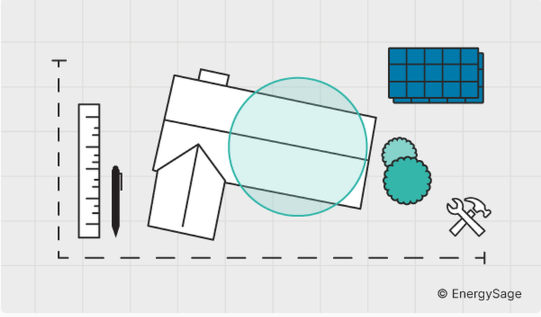
26 Apr, 2024
CREDIT: energysage.com Whether you’re curious about DIY solar installation to cut costs or you just want the challenge of a new project, you can certainly try your hand at building a solar panel system. We just wouldn't recommend it for most people, especially if you lack electrical training. While smaller systems like off-grid RV or boat applications may be manageable, attempting to power your entire home without professional experience could pose significant dangers. Before you grab your toolbox, let’s weigh the pros and cons of DIY solar panels to help you decide if the risks are worth the reward. KEY TAKEAWAYS Smaller off-grid systems for things like RVs, vans, and boats are best for DIY solar panels. We don't recommend installing larger solar panel systems without professional experience. Home DIY solar panel systems cost about 10% less than a professional solar installation. Solar panel warranties are often not applied to DIY solar installations. Without the proper warranties, DIY setups require much more maintenance than those installed by a certified installer. You may be unable to connect to the utility grid if you install solar panels yourself. Can you install solar panels yourself? Solar incentives dramatically reduce the cost of going solar, but you’ll still have to invest $20,000+ upfront . While solar saves you money in the long run, that initial five-figure bill can give pause to anyone. If you find yourself looking for creative solutions to cut costs, you’re not alone. A do-it-yourself (DIY) solar panel installation may be tempting, but it could cost you more in the long run. DIY solar panels will only save you about 10% of your total bill . With the risk of improper installation, lack of access to high-quality equipment, and the extra time it takes to install the panels and complete the administrative work installers generally handle for you, that extra 10% becomes well worth it. For a home solar panel system, work with a solar installer Home solar panel installations require electrical, roofing, and other skilled work. No amount of online research or DIY guides can replicate the decades-long experience of top solar companies . An amateur installation not only poses a higher risk for system errors, but it can also put you in harm’s way physically and potentially damage your home. A professional solar panel installation is qualified & protected Solar companies are held to a certain standard that allows them to provide experienced insight and, ultimately, help you install a system that best fits your needs. Every state requires that installers are licensed and qualified to install solar. Additionally, independent certifications like the North American Board of Certified Energy Practitioners (NABCEP) Solar PV Installation Professional Certification ensure that these professionals understand the installation process intimately. Solar panel warranties protect your investment, making them vital to maximizing your savings. DIY installations have no such guarantee. Many equipment manufacturers will only honor their warranties if a qualified installer has installed their equipment. Installers also commonly offer an additional guarantee to back up their work. Solar installers have access to high-quality equipment Solar installers typically purchase equipment from wholesale distributors, gaining access to some of the best solar panel brands at a lower price. Many of these brands aren’t available for the general public, even at retail prices. Given a DIY solar installation will only save you 10%, the equipment alone can make hiring a solar installer worth it. A professional solar installation maintains a grid connection Most homes with solar panel systems aren’t “off-grid,” even if they only use the electricity produced by their panels. You’ll want that utility connection on cloudy days when your panels don’t produce enough electricity to power your home fully, or if you plan on taking advantage of a net metering program . A DIY solar installation isn't the best solution if you intend to maintain a connection to utility energy. Your utility won't let you connect your system to the grid without a certified electrician's sign-off, and you’ll likely have a hard time finding an electrician to sign off on work they didn’t do themselves. Solar installers provide insight and submit applications for you If the risks associated with a DIY home solar installation aren’t an issue for you, the amount of research and paperwork you’ll be left to deal with yourself might be. Between financial incentives, local permits, and utility connection, the administrative work that comes with a solar panel system is considerable and complicated. Generally, solar installers complete the permits, licensing, and applications necessary to get your solar energy system running For small-scale off-grid installations, you can DIY it . DIY solar panel systems are best for constructing small off-grid systems to power a cabin, RV, boat, tiny home, etc. Solar panel kits are relatively inexpensive and include all the necessary components for a DIY solar installation, but you get what you pay for. DIY solar kits are of lesser quality than the equipment that solar installers can offer you. Inherently off-grid and mobile applications like RVs, boats, and the increasingly popular tiny houses are all opportunities to explore do-it-yourself solar. At home, small projects with relatively low energy demands are also suitable for a DIY approach; a small home solar kit can easily power a barn, a tool shed, or outdoor lights. Pros and cons of DIY solar panels and solar panel kits \ DIY panels can be an excellent option for going off the grid and for small home applications, but it’s probably best to go with a professional installer to power your entire home. Maintaining your DIY solar panel system Solar panel warranties are incredibly valuable and a massive benefit of working with a certified solar installer. Equipment and performance warranties provide support and coverage in the unlikely event of an issue. Those warranties don't come with a DIY solar power system, so you'll be on the hook for all upkeep, maintenance, and repairs for your solar system. You should be fine for the most part if you keep your panels clear of debris, but it could also cost you more if something goes wrong. Compare solar quotes on EnergySage If you're wavering between a DIY solar system and hiring a solar installer, receiving professional installation quotes may help you decide. Register on the EnergySage Marketplace to receive custom quotes from vetted installers in your area today. Connect with our unbiased team of Energy Advisors to better understand your options and go solar with confidence.
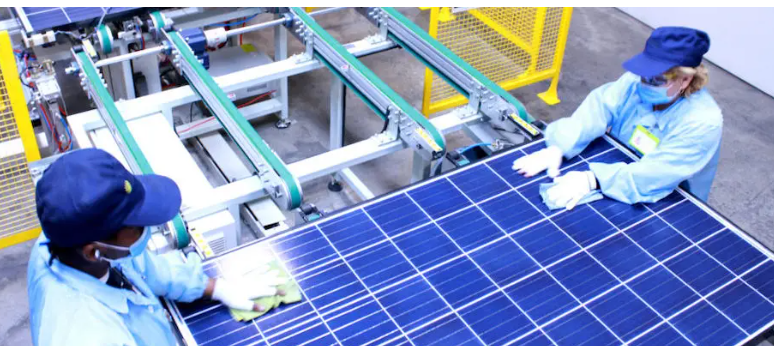
25 Apr, 2024
CREDIT: https://www.energysage.com/solar/solar-panel-efficiency-cost-over-time/ Solar panel technology has existed for a long time —Bell Labs invented the first useful solar cell more than 60 years ago, and scientists have known for centuries that the sun can be used to produce energy. However, in the last ten years or so, solar photovoltaics (PV) has taken off as a renewable energy source. Two major factors influence the technology's growth: the steady improvement of both solar panel cost and solar panel efficiency over time. The very first solar cells, invented in the 1800s, were less than one percent efficient, not nearly enough to make them a useful energy source. It wasn't until 1954 that Bell Labs invented the first useful silicon solar panel, which was about six percent efficient. Since then, solar PV technology has evolved at a rapid pace. Manufacturers have created prototype solar panels that are over 30 percent efficient, and homeowners on the EnergySage Marketplace regularly receive quotes featuring solar panels with 20 to 22 percent efficiency from solar installers. These high-efficiency panels can produce 25 percent more electricity than the lower-tier economy panels that made up most of the market in past years. The technology exists to increase solar panel efficiency even further. Researchers have managed to achieve 47.1 percent efficiency using advanced cell structures. However, super high-efficiency panels are typically made of more expensive materials not used in rooftop solar panels, and as a result, they aren't currently cost-effective. What is solar panel efficiency? Solar panel efficiency measures a solar panel's ability to convert sunlight into usable electricity. For example, if the sun shines on a high-efficiency solar panel with a 20 percent rating, then 20 percent of the sun's energy will be converted to solar power. Read this article to learn more about the most efficient solar panels today . Tracking solar panel efficiency The rate of solar panel efficiency has been long, but it is heating up right now. Take a look at how much the past years have mattered in the grand scheme of solar innovation: 1960: Hoffman Electric achieves 14% efficiency in PV cells 1992: University of South Florida fabricates a 15.89% efficient thin-film cell 2012: Solar Frontier reaches 17.8% efficiency June 2015: First Solar breaks 18.2% efficiency October 2015: SolarCity announces 22.04% efficiency, and Panasonic announces 22.5% efficiency November 2015: SunPower achieves 22.8% efficiency, validated by the National Renewable Energy Laboratory (NREL) January 2016: NREL and the Swiss Center for Electronics and Microtechnology (CSEM) achieved 29.8% efficiency July 2017: A group of U.S. scientists develops a prototype for a solar cell capable of 44.5% efficiency April 2020: NREL researchers develop a six-junction III-V solar cell with 47.1% efficiency Cost of solar panels over time: a tale of falling prices Over a decade ago, in 2009, a solar panel installation cost $8.50 per watt. Today's solar industry looks very different: Besides increasing solar panel efficiency, solar panel producers have significantly improved their manufacturing processes. Solar installers, too, can deploy solar PV across the United States more efficiently now than they could ten years ago. The result: the price of solar has fallen dramatically to just $2.77/watt. Solar panel cost over time Over the past ten years, price decreases have been a significant reason homeowners are increasingly interested in installing solar panels. Changes in solar panel cost over time can be explained by Swanson's Law , which states that the price of solar PV modules decreases by about 20 percent for every doubling in global solar capacity. The law is named after Richard Swanson, founder of high-efficiency solar panel manufacturer SunPower . It indicates a phenomenon seen across many different technologies: new industries face a significant learning curve, and as they improve, prices fall. In this way, solar panel manufacturers aren't that different from computer manufacturers. Think about how much more expensive and less powerful your laptop was in 2009 than today's technology. If solar PV technology continues the same trend, it's easy to envision a future where solar is on every rooftop. How efficient are solar panels in the real world? Many factors can affect the efficiency of your solar panels, including weather, debris on your panel, or installation issues. All solar panels are tested under Standard Test Conditions to produce an accurate and standardized efficiency quote. Your panel's temperature coefficient can help you understand how the efficiency may fluctuate depending on the temperature outside or how the PV cells in your panel react to summer heat or winter cold. Will solar panels ever reach 50 percent efficiency? Maybe! Researchers say that the technology NREL uses to create solar cells with 47.1 percent efficiency can be fine-tuned to reach 50 percent efficiency in the future. This technology does differ from traditional solar cell devices because there are 140 layers of the six collector materials used to make this high-efficiency panel. The journal Nature Energy published a detailed description of the new technology.

24 Apr, 2024
By Donald Judd and Ella Nilsen, CNN Apr 22, 2024 President Joe Biden travels to Triangle, Virginia, Monday to mark Earth Day, where he'll unveil $7 billion in grant funding for solar power under the Inflation Reduction Act and announce new steps to stand up his administration's American Climate Corps – a program popular with youth climate groups. The announcements come days after the Biden administration made several significant conservation announcements, including barring oil drilling on nearly half of the national petroleum reserve in Alaska. Under the Environmental Protection Agency's Solar for All program, the administration will announce funding awards to states territories, tribal governments, municipalities and nonprofits "to develop long-lasting solar programs that are targeted towards the communities and people who need them most," EPA Deputy Administrator Janet McCabe told reporters. Per McCabe, the funding will enable nearly one million households in low-income and disadvantaged communities to benefit from solar power, saving more than $350 million in electric costs annually and more than $8 billion over the life of the program for overburdened households. Biden will also announce new action on the federal Climate Corps – a workforce training and service initiative aimed at preparing young Americans for jobs in clean energy and climate resilience. The government will ease Climate Corps members' transition to other federal jobs after they graduate from the program. He also plans to announce a new partnership between the administration and TradesFutures, the non-profit arm of the North America's Building Trades Unions, allowing Climate Corps members to access some of the union's apprenticeship programs.

23 Apr, 2024
By: FOX 17 News Posted at 5:23 PM, Apr 22, 2024 LANSING, Mich. — Gov. Gretchen Whitmer announced Michigan has received a $159 million federal grant from the Environment Protection Agency (EPA) to lower solar energ y costs for low-income residents. The state says eligible households will see a 20% reduction on utility bills. “Thanks to President Biden’s Inflation Reduction Act and our hardworking congressional delegation, Michigan is ready to launch the MI Solar for All program, which will save thousands of working families households across the state money on their utility bills,” says Governor Whitmer. “By installing more solar energy on roofs or in communities, we can create more jobs, protect our air and water, and continue driving down costs. Together, let’s shore up our national clean energy leadership as we work towards our goal of 100% clean energy by 2040.”
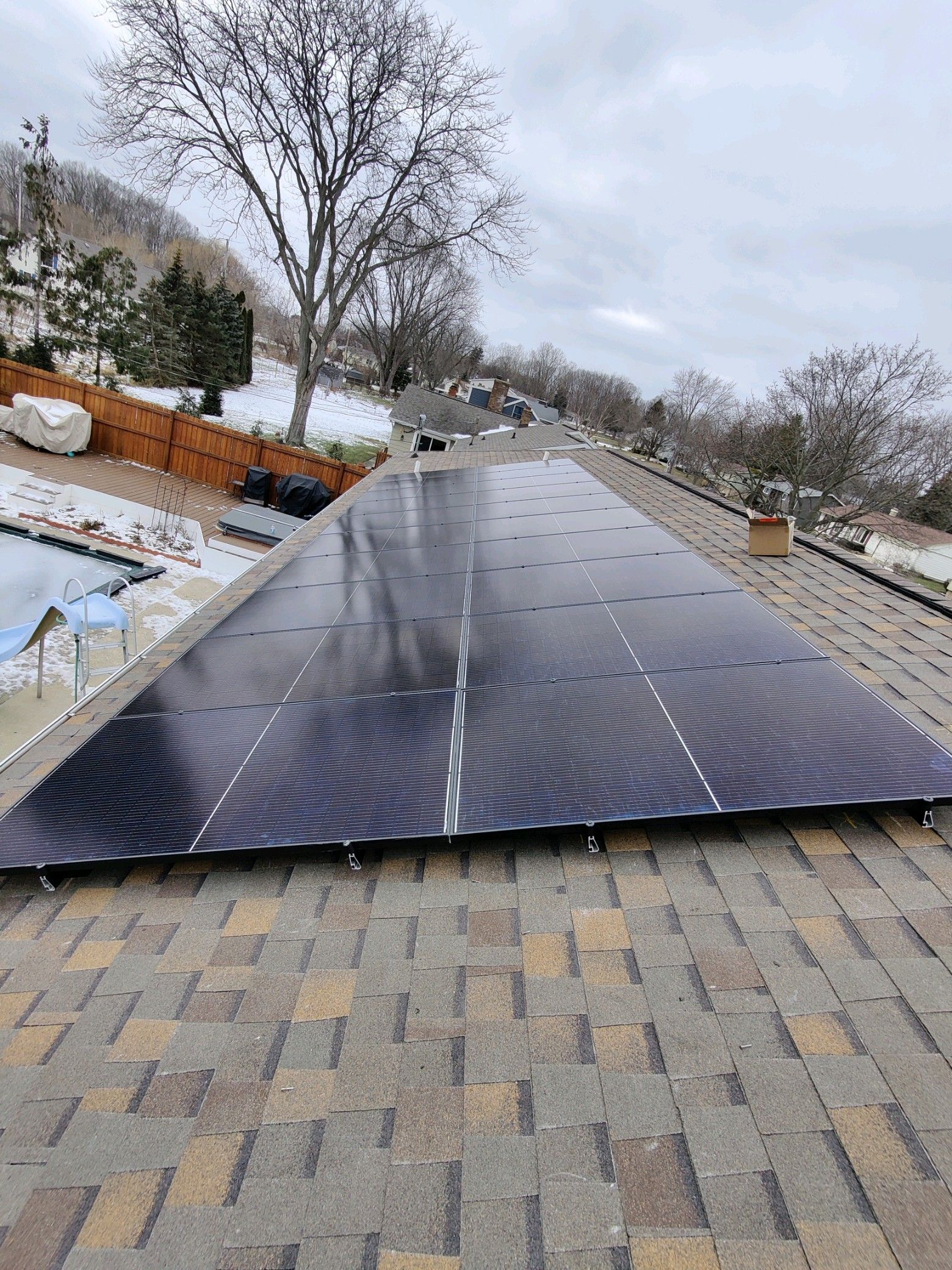
20 Apr, 2024
By Jim Erickson | Michigan News | April 19, 2024 Contact: ericksn@umich.edu Climate change will increase the future value of residential rooftop solar panels across the United States by up to 19% by the end of the century, according to a new University of Michigan-led study. The study defines the value of solar, or VOS, as household-level financial benefits from electricity bill savings plus revenues from selling excess electricity to the grid—minus the initial installation costs. For many U.S. households, increased earnings from residential rooftop solar could total up to hundreds of dollars annually by the end of the century, say the authors of the study, which is scheduled for publication April 19 in the journal Nature Climate Change. “Given the average 25-year lifespan of a rooftop solar installation , a system built today will nearly experience 2050 weather,” said study senior author Michael Craig , assistant professor of energy systems at the U-M School for Environment and Sustainability and of industrial and operations engineering at U-M’s College of Engineering. “So, it’s important for households to think of future value when building solar. If households do so, our findings indicate they would see even greater value from solar, and might decide to build more.”

19 Apr, 2024
CREDIT: www.energysage.com Rooftop solar panels used to be luxury items but that's no longer the case. Whether you want to save thousands on electric bills or lower your carbon footprint, going solar is almost always the right decision if you own your home. Adding solar panels is a great long-term investment. It can boost your home's value and minimize your electric bill. It's also a big purchase, so it's important to make sure it will pay off before you make a final decision. Below, we'll explain how to decide if solar will work for you, and how to get solar panels at the best price. It all comes down to your roof, how much you pay for electricity, and your eligibility for incentives. Find out what solar panels cost in your area in 2024 ZIP code * DID YOU KNOW? You don't need to live somewhere warm or with abundant sunshine to save with solar. Most homeowners will save tens of thousands of dollars by going solar. Solar panels aren't free, but they do come with great incentives. The best solar equipment for you might not be the best solar equipment for your neighbors. There are ways to go solar without installing a single panel on your property. Will you save money with solar panels? The average U.S. household spends about $1,747 annually on electricity, according to electricity cost and consumption data from the Energy Information Administration (EIA). Over 25 years, that adds up to $61,520 (assuming 2.45% annual inflation). You can easily lower (and sometimes even eliminate) these costs by installing a rooftop solar panel system. Most households need an 11 kW system to fully cover their electricity usage. In 2024, an average 11 kW solar panel system costs $22,022 upfront including installation costs and the federal solar tax credit (more on that later). This is a hefty price tag, but when you consider how much you otherwise would've spent on electricity, it's easy to understand why millions of homeowners have gone solar. Solar is a long-term investment. Shoppers on the EnergySage Marketplace typically break even in about eight years . Remember that your costs and savings will ultimately depend on several factors, including where you live, how much you spend on electricity, and your home setup.
Phone: 833-765-2775
Email: info@northcoast-solar.com
Address: 7524 East Atherton Road Davison, MI 48423
Licensed | Bonded | Insured
Office Hours:
- Mon - Sat
- -
- Sunday
- Closed
Content, including images, displayed on this website is protected by copyright laws. Downloading, republication, retransmission or reproduction of content on this website is strictly prohibited. Terms of Use
| Privacy Policy


